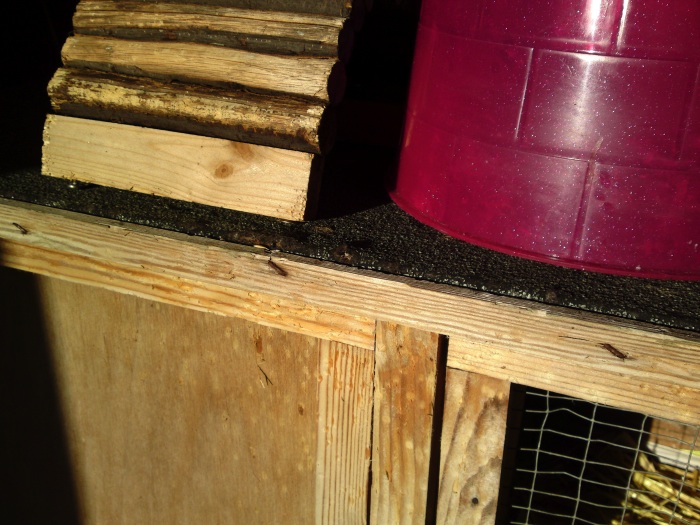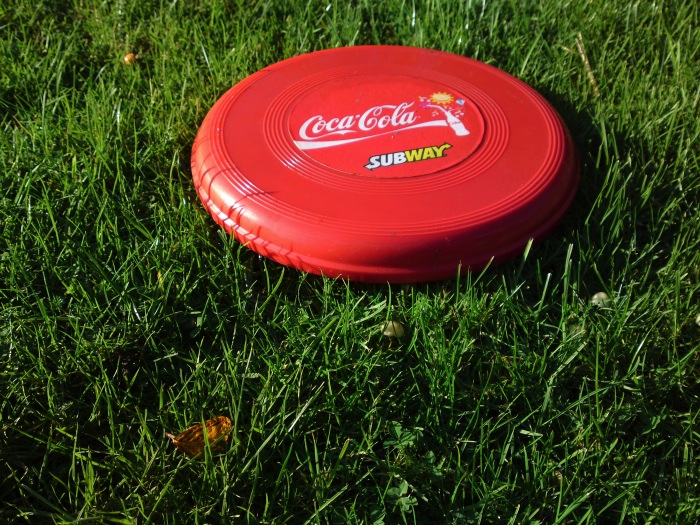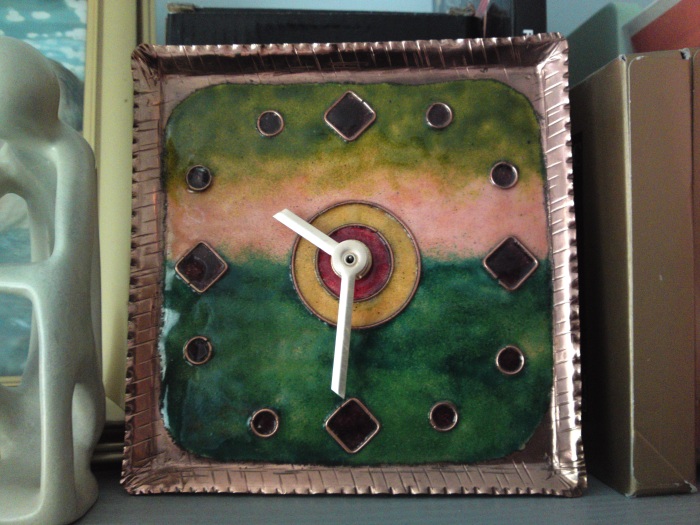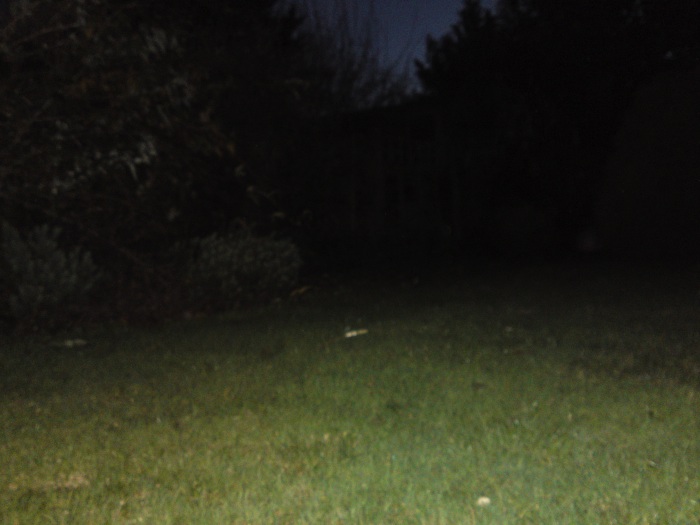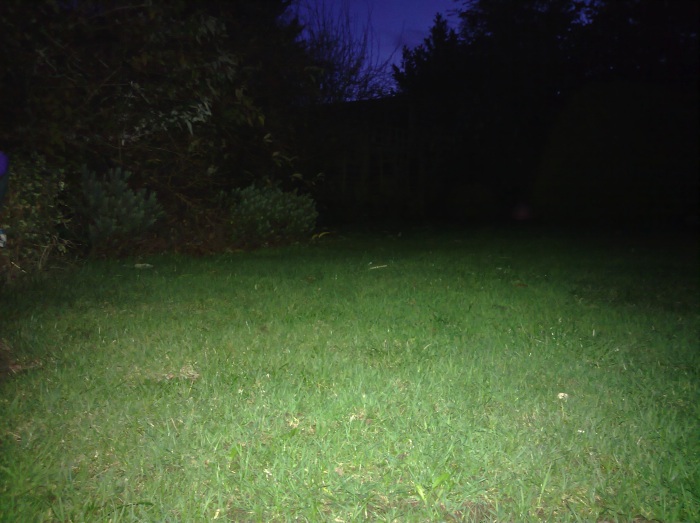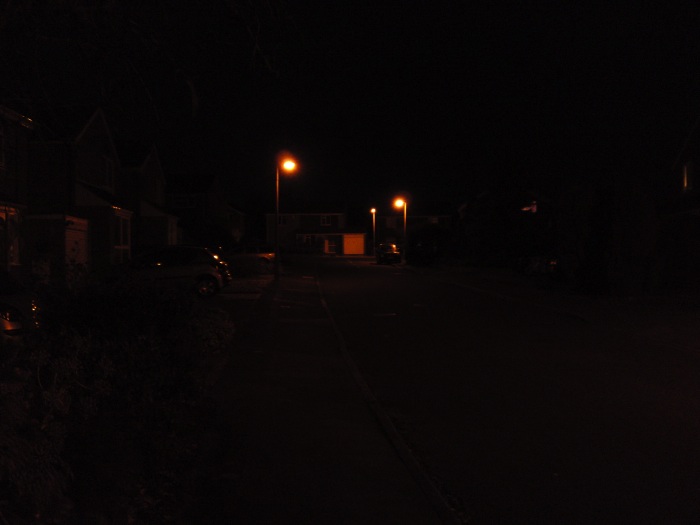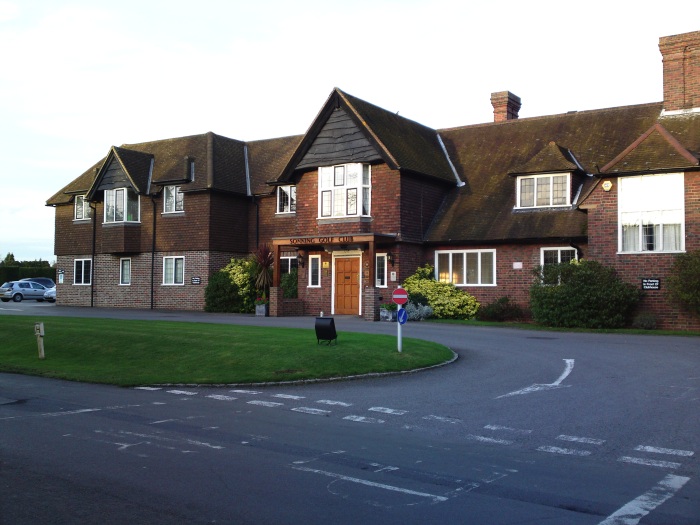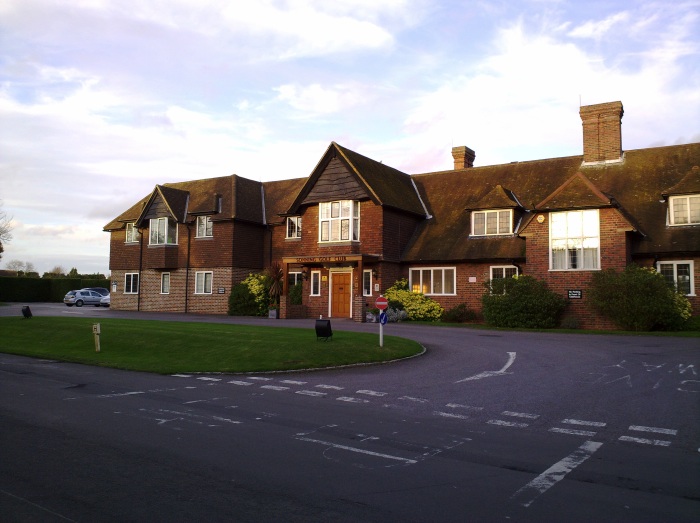Review: Review: Sony Ericsson Satio - part 2: The Camera
Following on from the best-selling(!) part 1 of my Sony Ericsson Satio review, here's part 2, looking at its star feature, the 12 megapixel camera with Xenon flash.
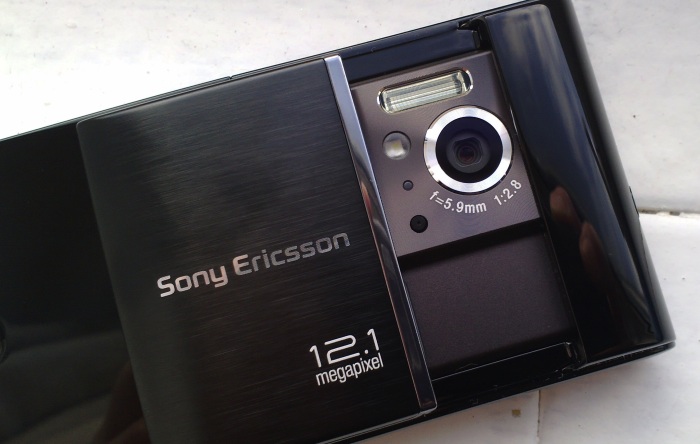
It has been a long time since a new Symbian-powered smartphone was released with a true Xenon flash: the type used in just about every standalone camera of just about any budget. The argument about why this should be so has raged on within the AAS team. Theories about Xenon proving too costly, too bulky, too battery-unfriendly and too specialist, have all been shot down in flames at various points. We had the Nokia N82, a candy bar with small screen, then the Nokia 6220c, aping the N82 but with lower build quality and price to match, then the Samsung G810, an industrially designed chunky dual slider which also featured optical zoom but which was never supported or updated by Samsung, rather sadly.
And now we have the Sony Ericsson Satio, bringing a top notch 12 megapixel lens and sensor, along with Xenon flash and a LED video light, in addition to a giant 3.5" touchscreen and S60 5th Edition. It's true that Sony Ericsson hasn't done much to the S60 codebase in general, that there's no kinetic scrolling and that (as I write this) there are significant bugs right, left and centre, but there is a lovely new interface for the camera software and that's the area I'm going to be concentrating on in this review part. See the final part 3 (to be published when Sony Ericsson has issued the first major firmware update for the Satio) for wider discussion of the Satio's applications and general smartphone use.

As described in part 1 of this review, the Satio's camera is hidden behind the singlemost impressive part of the phone's case, a steel sliding section that, when retracted, also starts the Satio's Camera application. This is also tied in with all the buttons on the 'top' (as the Satio is held in landscape/camera mode):
- zoom out/in (though, as ever, digital zoom is strongly discouraged - you don't gain any extra detail, you simply introduce extra digital artefacts into the centre of your subject area - it's also worth noting that zoom in video mode is equally as bad, as on most other camera phones - there's no intelligent digital zoom, as on the Nokia N86)
- the 'Album' shortcut (at any point, pressing this switches to a 'review' mode, where you can swipe through your photos)
- the stills/video toggle (soooo much easier than fiddling about in a menu or trying to hit an on-screen icon to change mode)
- the shutter button (this is large and of high quality, with nigh-on perfect feel under the right hand index finger)
In addition to the light sensor, video shoot notification (red) LED, video shooting (white) LED and Xenon flash, there's also a strip LED which light up blue for a second or so after starting the camera - and I have absolutely no idea what this is for. Comments welcome. Maybe it's just there to look 'cool'!
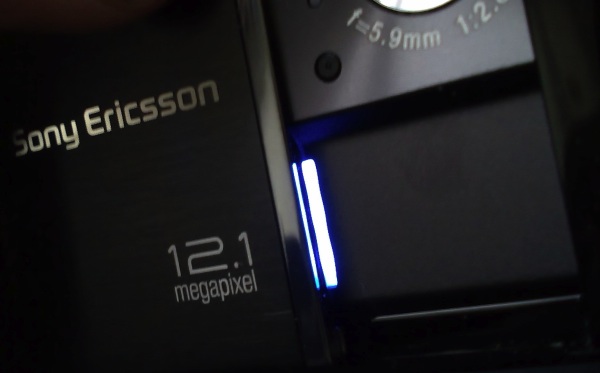
Sony Ericsson has always had its own ideas of what a camera interface should look like and they've been tweaking it for their touchscreen phones, with status icons along the top of the screen and camera control icons down the left edge (the right edge is saved for application . And, to be fair, it works much better than Nokia's attempt for their S60 5th Edition phones, which tend to be marred by a confusing mix of pop-up icon panes and traditional menus and dialogs. The interface on the Satio works very well indeed and I found it intuitive.
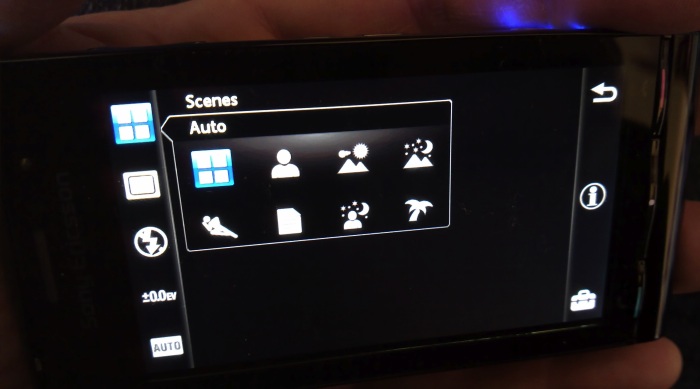
Down the left of the interface are:
- 'Scene modes': Auto, Portrait, Landscape, Twilight landscape, Sports, Document, Twilight portrait, Beach/snow
- 'Shoot mode': Normal, Panorama, Bestpic, Smile detection, Touch capture (this last is similar to the systems on other touchscreen phones, where you touch the point in the image that you wish to explicitly focus on)
- 'Flash'
- 'Exposure'
- 'Auto' - turning this on removes all the other controls, the Satio literally becomes a 'point and shoot' camera
The toolbox icon at the bottom right of the screen leads to a custom tabbed dialog with few surprises. Of note is that the default resolution of the camera is actually 9 megapixels, corresponding to a widescreen (16:9) image, scaled similarly to the Satio's display. For the purposes of the photo tests in this review part, I used the full 4:3 aspect 12 megapixels (4000 pixels by 3000 pixels!) though, naturally. The average consumer certainly doesn't need 12 megapixels, but what I'm going to be doing here is looking at maximum detail under extreme circumstances.
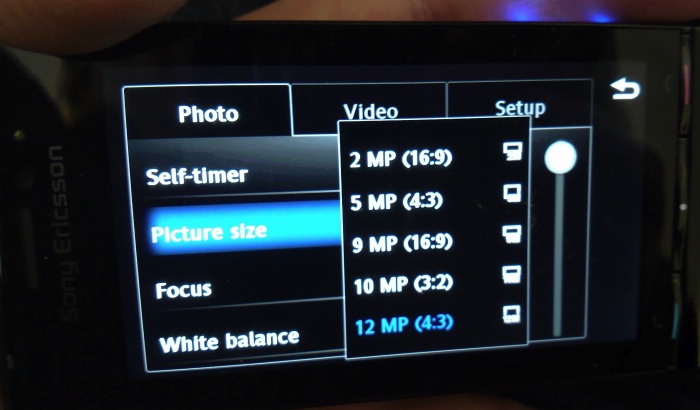
Photo testing
Here I was comparing identical shots on the Satio with photos taken on the Nokia N86 and Samsung i8910 HD, both also 8 megapixel Symbian smartphones, plus the slightly older 5 megapixel Nokia N96, for comparison.
Shot 1: Sunlight into a garage, high contrast, mix of bright and pastel colours, plenty of texture
(Above is the Satio's photo, click to download the full 12 megapixel version. Note excellent handling of colours - nigh on perfect, detail and contrast. Very impressive all round)
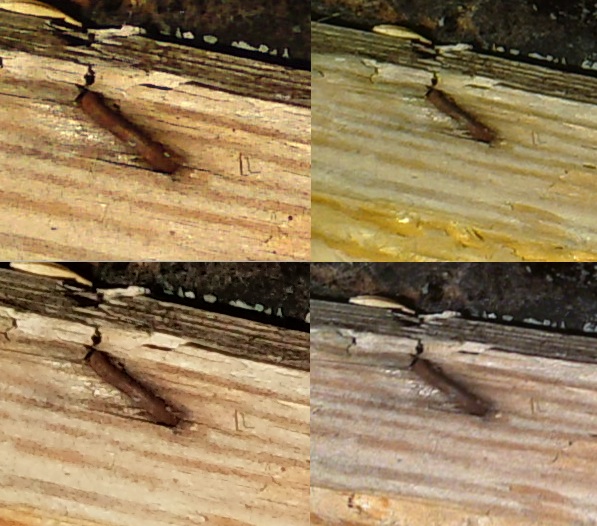
(Detailed crops, clockwise from left: Satio, N86, N96, i8910 HD)
As I tweeted recently, the difference between the detail from the Satio's images and those from the N96's is startling. Remember that the Nokia N95/N82/N95 (and others) have had just about the best phone camera up until a year or so ago. And yet the N96's 5 megapixel image is made to look utterly ordinary and rather poor. In the tweet, I proclaimed that, camera-wise, the Satio is to the N95 what the N95 was to the N70 (from 2005).
Looking at the images, the Satio's has the best colour rendition and detail, though the i8910 HD was only very marginally behind, showing what Samsung's camera can do under ideal conditions. The N86 made rather a mess of the colours in the wood and its wide angle lens also meant that there was only marginally more detail than the N96's image.
Shot 2: Sunlight on an open-air subject, macro distance, rich colours
(Above is the Satio's photo, click to download the full 12 megapixel version. Note excellent handling of colours again - nigh on perfect, detail and contrast.)
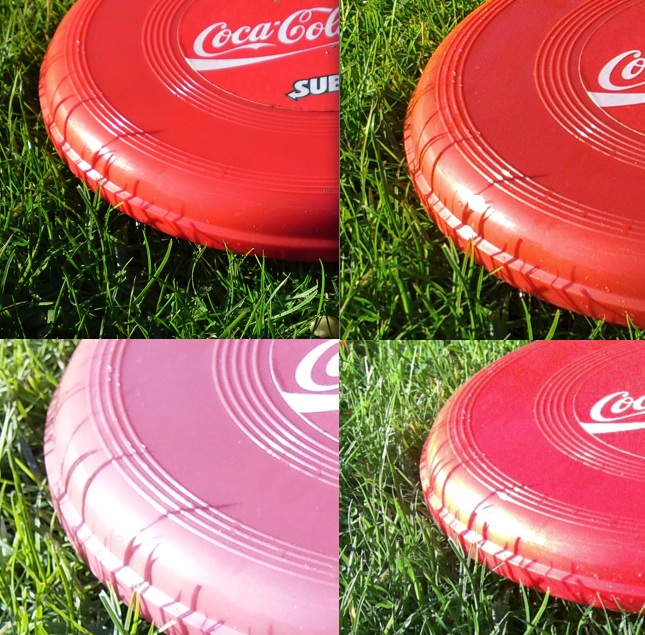
(Detailed crops, clockwise from left: Satio, N86, N96, i8910 HD)
Again the Satio wins out with the best photo. Glorious detail, hyper-accurate colours. The Nokia N86 gets closest to competing, while the i8910 HD's camera just gets the colours completely wrong and the N96 with its 'mere' 5 megapixels, simply seems outgunned.
Shot 3: Indoor indirect/poor lighting, fairly close subject
(Above is the Satio's photo, click to download the full 12 megapixel version)
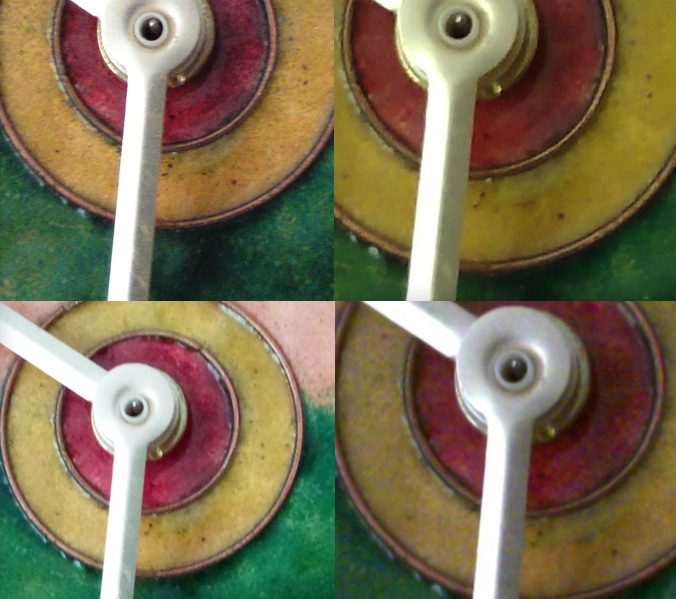
(Detailed crops, clockwise from left: Satio, N86, N96, i8910 HD)
Again, unsurprisingly, the Satio again shows the best detail, albeit showing a little digital noise in the lower light conditions. The N86's photo looks closest to real life (to my eyes) without too much low light noise, while the Samsung i8910 HD's camera again tries hard but loses points for overcooking the colours - the green outer ring on the real clock is much richer and duller.
Shot 4: Very dark, subject 1.5 metres away (e.g. pub/club/party shot)
(Above is the Satio's photo, click to download the full 12 megapixel version)
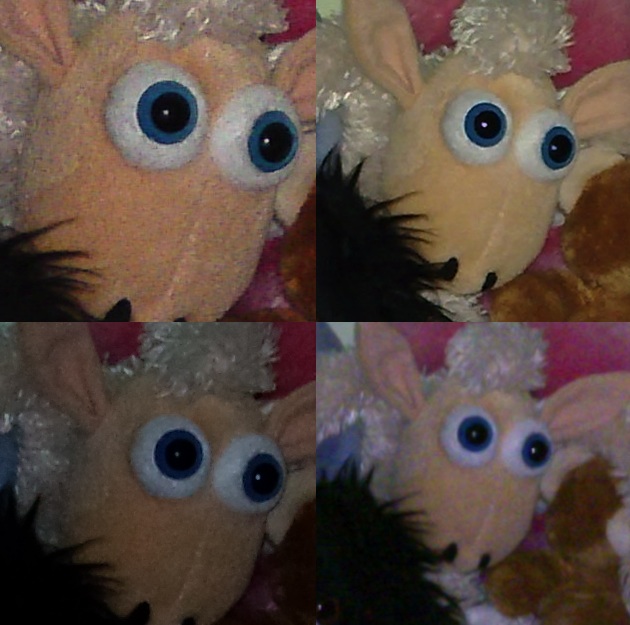
(Detailed crops, clockwise from left: Satio, N86, N96, i8910 HD)
Now things start to get tricky for the camera phones. No natural illumination, poor artificial illumination, this is the scenario where you'll get very disappointing results from most phone cameras. In my somewhat artificial posed(!) shot, the Nokia N86's photo comes out almost perfect - the combination of large aperture, dual LED flash and large sensor just can't be beat in this sort of situation. In contrast, the Xenon-lit Satio photo comes over as great looking as a whole but digitally noisy when you examine it very closely. HOWEVER, the other main advantage of Xenon flash is that it's 1000x faster, meaning that in a real pub or club environment, with people moving/dancing/chatting, the N86's photo would be at risk of being blurred, since the dual LED illumination needs the shutter to be open for up to 50ms, while the Satio's Xenon flash would fire in up to 50 micro-seconds. This is fast enough to 'freeze' the fastest dancing/movement. Which is better, N86 or Satio? It depends on the sort of low light shots you like taking!
The i8910 HD and N96's photos are both dull and badly lit by comparison.
Shot 5: Pitch dark, outside, flash range test
(Above is the Satio's photo, click to download the full 12 megapixel version)
(Above is the N86's photo, click to download the full 8 megapixel version)
Just looking at the two best low-light contenders here, we can see that although the Xenon flash is brighter on the Satio, its camera aperture and sensor don't compare to the N86's, which manages to achieve the same illumination range with just a dual LED flash. In addition, as you can tell from the Satio photo, it has severe problems focussing in dark conditions when there isn't a nearby subject to latch onto. I've duplicated this effect with numerous other Satio flash photos, sadly. Hopefully this is something which can be tweaked in a future firmware update. The issue may not affect your party photos, but it's certainly something to bear in mind.
Shot 6: Night time, street lamps, no flash allowed, testing raw sensor and aperture capability
(Above is the Satio's photo, click to download the full 12 megapixel version)
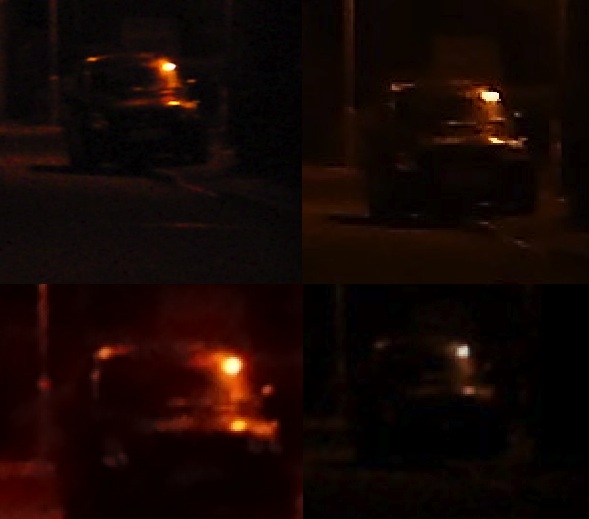
(Detailed crops, clockwise from left: Satio, N86, N96, i8910 HD)
As expected, the Satio and N86 duel it out in their chosen manners. The Satio produces the most detail but also the most noise, while the N86 gathers more light and manages to suppress noise to produce a pleasing result. The i8910 HD result isn't bad either in this company, while the N96 image shows how far behind "last year's" smartphone cameras are when the going gets tough.
Shot 7: Late afternoon straight shoot out - Satio vs N86, challenging contrast, light and colours
(Above is the Satio's photo, click to download the full 12 megapixel version)
(Above is the N86's photo, click to download the full 8 megapixel version)
The Nokia N86 wins out in this final shootout, thanks to much better colour handling throughout, including capturing detail in the sky, while the Satio does manage to resolve finer detail, thanks to the 12 megapixel sensor, but lets itself down in other areas. Download the full images yourself and see what you think.
Video testing
Maximum video capture from the Satio is at VGA at 30 frames per second - good, but really only matching most Nokia Smartphones from the last few years. As you'll see from the test video below, like the N97, N97 mini and 5800 from Nokia, there's not only no initial focus, there's no pre-focus either, so only objects further than a couple of metres away are in focus. Thus, the birds are clear enough but my face isn't as clear as it could be.
Also, download the original MP4 clip here as satiovidsample.MP4 (20MB)
Frame rate and overall encoding are decent though - grab the MP4 version above if you can see the clarity in the YouTube version, and the Satio will be OK for most casual video use. I was disappointed not to see an N86-like resampling in video mode - on the Nokia version, you can zoom in while filming and you still maintain full VGA resolution, thanks to dynamic resampling of capture from the full sensor. Here on the Satio, as with other camera phones, zooming in just gets you pixellated subjects - sadly.
In part three of my review of the Sony Ericsson Satio, I'll be using it as a smartphone, testing its application set and general interface.
Steve Litchfield, All About Symbian, 29 November 2009
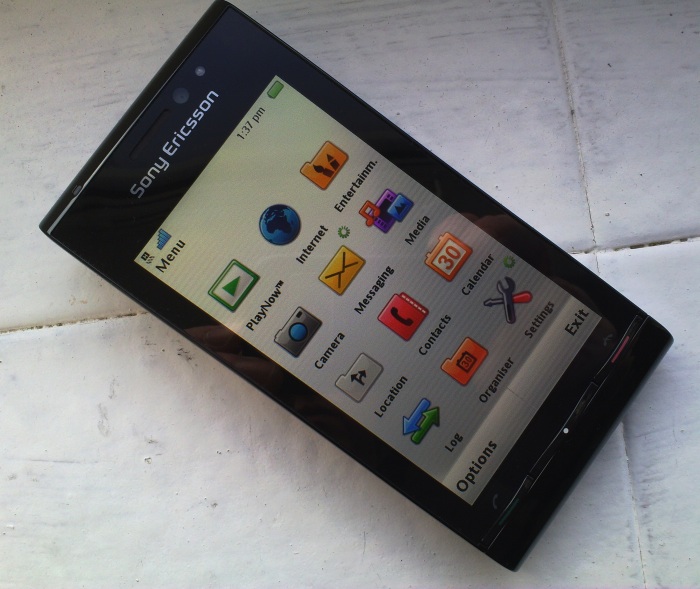
Reviewed by Steve Litchfield at

